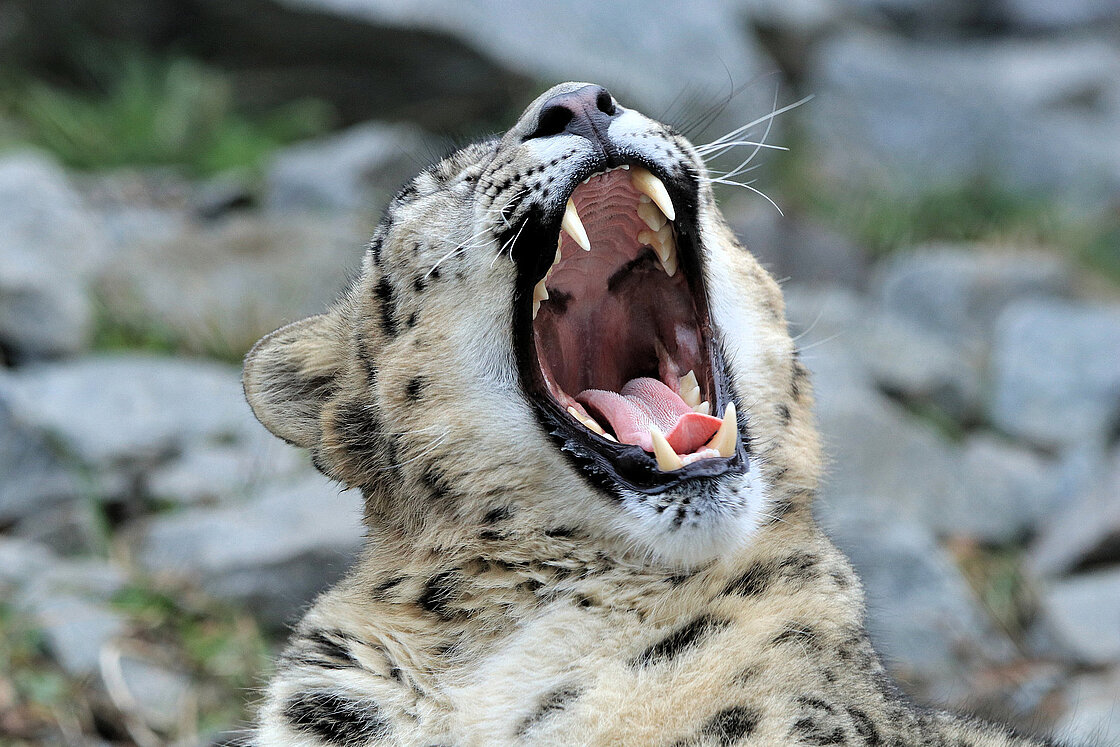

The project emphasises a landscape approach to conservation, in which smaller core zones with relatively high conservation values are identified and supported, while the larger landscape is managed in such a way that necessary development benefits are provided to local communities.With active support from the Wildlife Institute of India and the Mysore-based Nature Conservation Foundation, the project will be operational in five Himalayan states: Jammu and Kashmir, Himachal Pradesh, Uttarakhand, Sikkim, and Arunachal Pradesh.The project's goal is to conserve biodiversity through community involvement.In 2009, the Ministry of Environment, Forests and Climate Change launched Project Snow Leopard to promote an inclusive, participatory, and landscape-based approach to conserving Snow Leopards and their habitat in India.The Snow Leopard is a globally endangered species as well as the mountain region's most important flagship species.Project Snow Leopard What is Project Snow Leopard?

Kibber Wildlife Sanctuary - Himachal Pradesh.Top 3 Indian National Parks where the Snow Leopard is likely to be spotted:.This is most common during the winter, when the snow line extends to lower elevations.Although, over time, due to a lack of protection against poaching and habitat degradation, causing wildlife decline, they have come perilously close to human habitat and frequently rely on killing livestock, resulting in human-animal conflict in the region.They are found in the high altitude Himalayan & trans-Himalayan Region at over 2700m above sea level.Their prey base includes Ghoral, Himalayan Blue Sheep, Himalayan Tahr, Tibetan Argali, Himalayan Ibex, Marmots, Pikas, and Hares.Its thick tail aids in balance in rocky terrain, and the fat stored in it acts as a blanket to protect its face when it sleeps.It also has small rounded ears to help minimise heat loss, broad paws for walking in snow, and fur on its underside for better grip and balance maintenance. The snow leopard is well known for its ability to adapt to cold, mountainous environments.It also has a bushy tail and a large nasal cavity.


Now you can rid your life of buggy SMB hacks once & for all. Sharing with NFS is great, buffering is much quicker & directory browsing much snappier. Your computer name should appear with NFS next to it, click the your computer & select the share. Click add share, and then click on the zeroconf button. Once everything is setup you will want to restart NFS for your changes to take effect You need to set the -N option in /System/Library/LaunchDaemons/ as below – this allows you to connect from XBMC (needs to be added to allow Non Root users to connect). You may also want to click the show advanced options and select to allow mounting of any sub folder, great for XBMC This is the simplest setup available & best to get you started with XBMC & NFS sharing. You can also set directories as Read Only but this will stop you being able to delete from within XBMC. If you follow the options in the picture you will have a share accessible to everyone (my network is double firewalled, and the internal subnetwork is on a different subnet & IP range so it’s fine for me to use this). Once it opens you need to click on share definitionsĬlick the + sign to add a definition and then use the select box to select your directory/drive to share Its available from NFS Managerĭrag it to your applications folder & fire it up.
#Smbup snow leopard for free
Ok First you need to grab a copy of NFS Manager for free & Install. NFS is now also supported in XBMC and Firecores Media Player for ATV2 so this is a good time to get to grips with NFS & rid your life of Samba once & for all. It’s quite hard to configure but thanks to a handy OSX tool called NFS Manager it couldn’t be simpler to setup. NFS is built into OSX as standard & is a very fast unix sharing protocol. I have since ditched samba altogether in favour of NFS.
#Smbup snow leopard update
This is an update to my last post regarding fixing samba in OSX Lion.


 0 kommentar(er)
0 kommentar(er)
